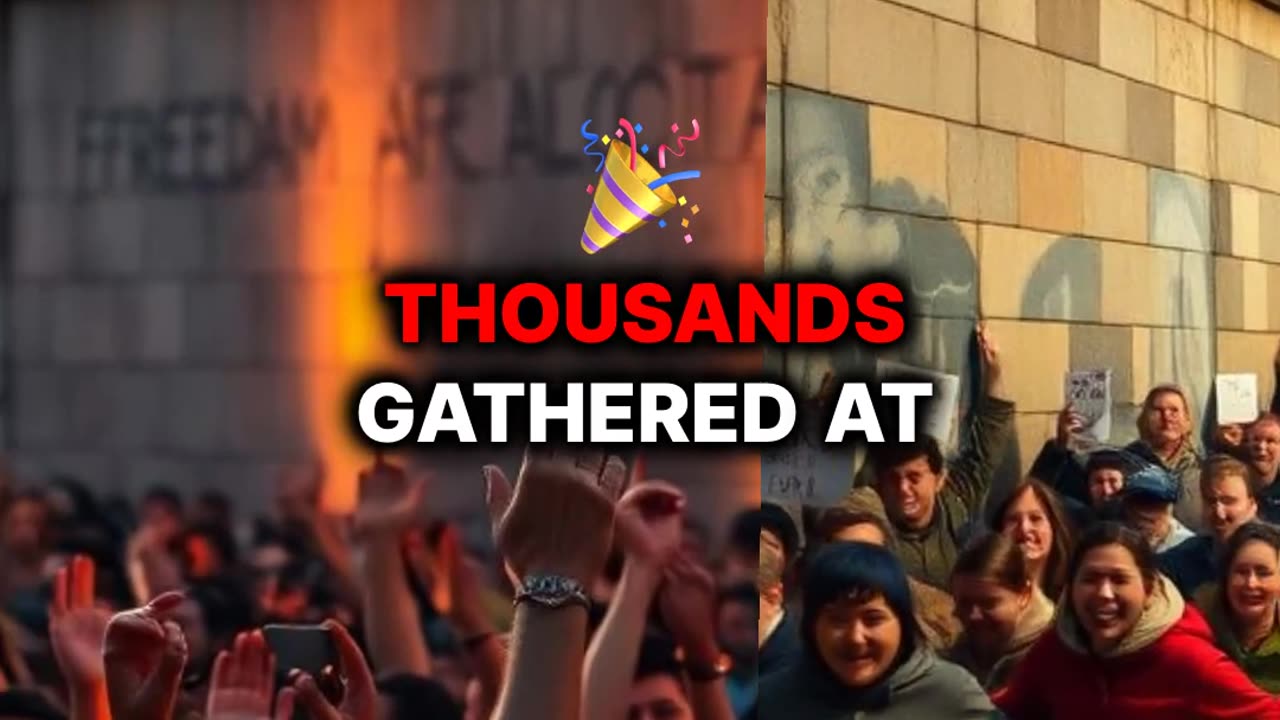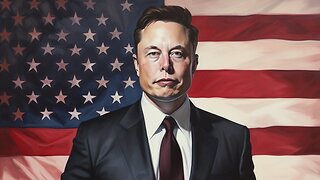Premium Only Content

The true story of the fall of the Berlin Wall
The fall of the Berlin Wall on November 9, 1989, was a pivotal moment in history, symbolizing the end of the Cold War and the division between East and West. The Wall, erected in 1961, separated East Berlin from West Berlin and was a physical manifestation of the ideological divide between communist and democratic societies.
The events leading to its fall were influenced by a series of political changes in Eastern Europe throughout the late 1980s. The rise of reformist leaders, such as Mikhail Gorbachev in the Soviet Union, who introduced policies like glasnost (openness) and perestroika (restructuring), encouraged movements for greater freedom and democracy.
In East Germany, widespread protests began in the spring of 1989, with citizens demanding more freedoms and the right to travel. These protests grew in size and intensity over the months, culminating in massive demonstrations in October. The East German government struggled to respond, and internal pressure mounted.
On November 9, a government spokesperson mistakenly announced that East Germans could cross the border "immediately." This announcement led to crowds gathering at the Wall, overwhelming border guards who were unprepared for the surge. In a moment of chaos and excitement, people began to cross the border freely, and the Wall was breached.
The fall of the Berlin Wall not only marked the reunification of Germany but also signified the broader collapse of communist regimes across Eastern Europe, leading to significant political changes throughout the continent. The event remains a powerful symbol of freedom and the triumph of democratic movements.
-
 19:09
19:09
NC Dirt Hunter
1 day agoMetal Detecting Treasure at the Governor's Plantation #civilwar #history
2028 -
 30:26
30:26
The Lou Holtz Show
13 hours agoThe Lou Holtz Show Ep 20 | Brooke Rollins on Faith, Motherhood and America First Leadership #podcast
81 -
 7:24
7:24
America First Policy Institute
2 days agoAFPI Weekly Rundown | Election Security, US-China Relations, & Fair Competition in Sports #news
461 -
 0:48
0:48
OfficialJadenWilliams
17 hours ago10 items lines
471 -
 LIVE
LIVE
Right Side Broadcasting Network
2 days agoLIVE: President Trump Holds Final 2024 Campaign Rally in Grand Rapids, MI - 11/4/24
10,285 watching -
 4:55:01
4:55:01
The Charlie Kirk Show
10 hours agoThe Final Trump Rally
339K93 -
 3:58:32
3:58:32
PandaSub2000
1 day agoSquirrel With A Gun - Justice For Peanut & Fred | ULTRA BEST AT GAMES (Original Live Version)
50.1K8 -
 57:42
57:42
LFA TV
1 day agoObama’s Last Stand | Trumpet Daily 11.4.24 9PM
87.9K26 -
 2:10:37
2:10:37
The Quartering
12 hours agoElon Musk LIVE Townhall & Joe Rogan Appearance!
132K39 -
 4:40:17
4:40:17
Right Side Broadcasting Network
2 days agoLIVE: President Trump Holds a Rally in Pittsburgh, PA - 11/4/24
457K23